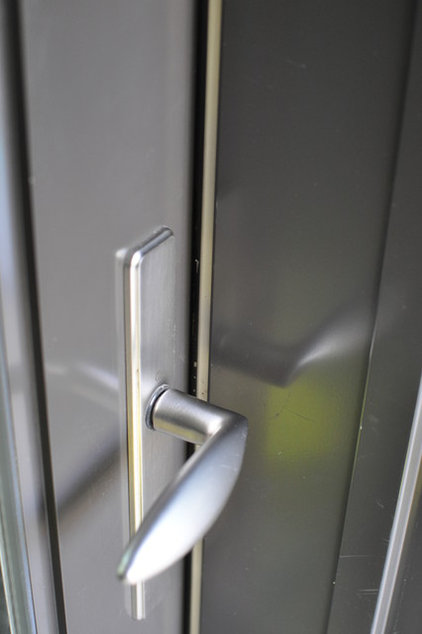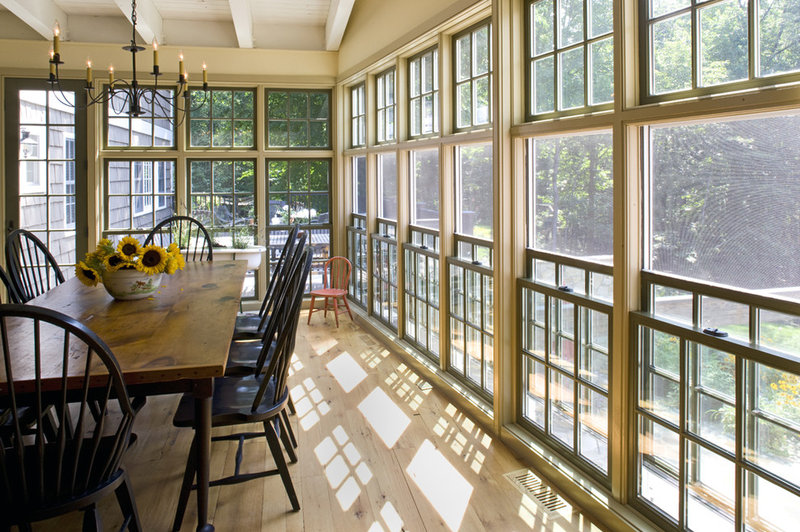Nothing can seem as exciting — and overwhelming — as buying your first home. Which do you do you first: look for the perfect property or chase the right mortgage? Where does a real-estate agent fit into the picture?
There’s so much to consider that many first-time buyers don’t think about home insurance — a factor that will be important when it comes to closing on their house.
You should factor the ongoing cost of home insurance into your home-buying budget, because it will probably show up in your monthly mortgage payment along with payments on your loan principal and interest and your property taxes. That means you should go into your search knowing the basics about insuring your house and what can drive up the cost of coverage.
Once you choose the house and negotiate an offer, it will be time to find an insurer. There are a few issues to take into consideration before settling on a provider — all policies are not created equal. Using these tips can help you save money and ensure that you have quality coverage to protect your largest investment.
Give yourself credit
You know credit matters when it comes to getting a favorable interest rate on your mortgage. But did you know it also matters for home insurance? That’s because home insurance providers use your credit report as part of the formula for assessing the risk you pose as a policyholder. Their models show that consumers with good credit are much less likely to file claims.
So before you get too far into the buying process, assess your credit and take steps to improve your score. At the very least, make sure to correct any errors. Improving your credit score can result in big savings on your mortgage and your home insurance premiums.
Shop around
The price of home insurance varies widely from carrier to carrier. That’s because each provider has a different algorithm for determining customer premiums. This is one reason why it’s a good idea to comparison shop. You could end up saving yourself hundreds of dollars simply by getting a few different quotes.
Don’t skimp on coverage
While you want to save money on home insurance, it’s important not to skimp on coverage. Standard home insurance policies typically offer protection from a variety of potential risks, ranging from liability to damage from weather-related perils. However, you may want to adjust or add coverage depending on your needs.
read more….
http://www.zillow.com/blog/insurance-tips-first-time-buyers-165791/?utm_source=feedburner&utm_medium=email&utm_campaign=Feed%3A+ZillowBlog+%28Zillow+Blog%29




















